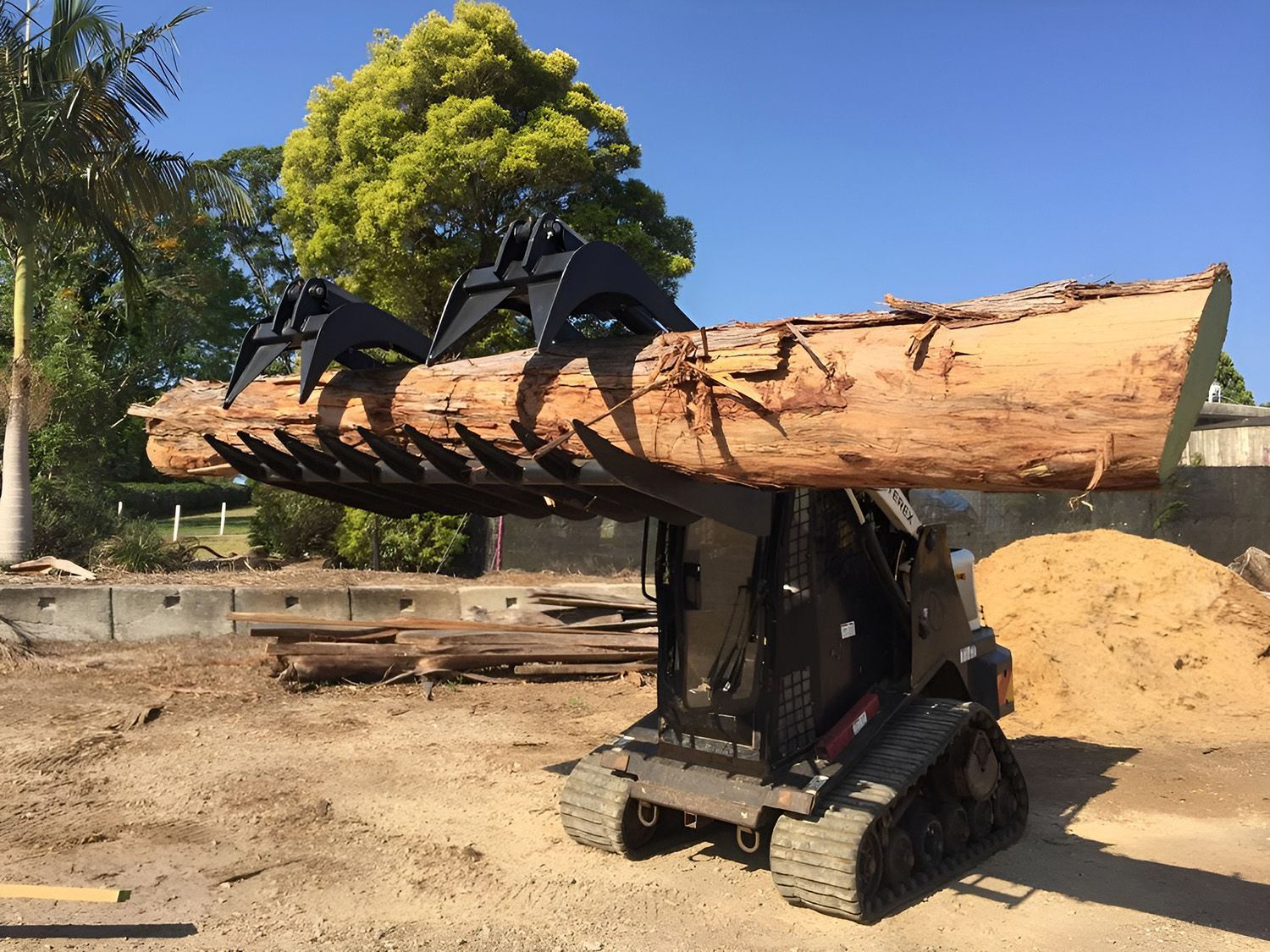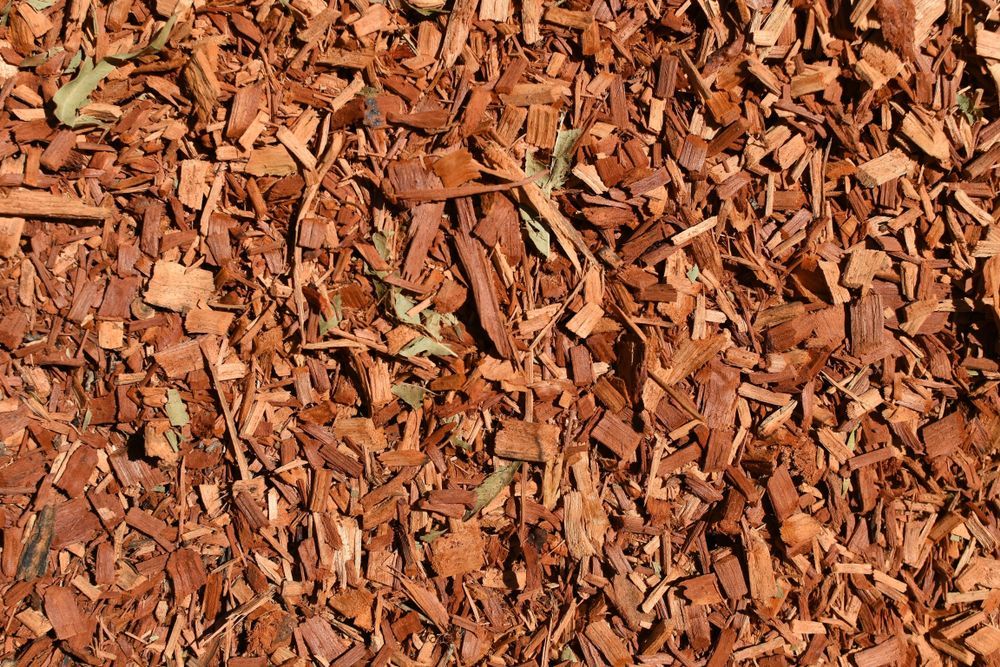Guide To Pruning Fruit Trees: Lemon, Apple, Avocado And More
There are many opinions on the right way to prune your fruit trees , but there are some simple guidelines that can get you started on the right foot.
First and foremost, completing this job in winter is ideal, as the foliage is sparser, which makes it easier for better visibility. Use what’s known as the three Ds of pruning.
Seek out and trim off any wood that is:
- Dead
- Damaged
- Diseased
This will allow the tree to direct nutrients toward healthy, productive growth.
When deciding where to cut, seek out what’s known as the ‘branch collar’, which is the section where the branch connects to the tree’s trunk and cut just above it.
Trim any branches growing toward the trunk of the tree to promote air circulation. Cut any competing branches, as these can create hollows that gather water, resulting in rot.
Your fruit trees should only have one ‘leading branch’, as allowing competing leader branches to grow can cause the entire tree to weaken. Pick out the stronger leading branch and trim its competitor as soon as you identify it.
The above tips will serve most fruit trees, but there are some things to keep in mind when maintaining different varieties.
Citrus Trees
Citrus trees benefit from regular pruning, particularly in their first two years. Trimming tells the tree to direct energy toward the growth of new buds, resulting in larger fruit over time. Failing to prune in the first couple of years will result in inconsistent fruit harvests.
Apple Trees
Avocado Trees
Trim and train an avocado tree into a conical shape to enable good light penetration and productivity. Avoid any v-shaped branch junctures, as these can promote rot. When your tree is established, space the central limbs about 3 or 4 feet apart; this will allow easier access inside the tree’s foliage.
Olive Trees
Olive trees are slow growers and usually require minimal pruning from year to year. When your olive tree is around 1 meter tall (usually at 2 years old), it’s time to begin shaping it to maintain its health and output well into the future.
Avoid pruning your young olive trees too heavily, as this may stunt their growth. The optimal shape for an olive tree is that of a martini glass, where the trunk serves as the glass’s stem.
Olives are ideally pruned once each year, either in late spring or early in the summer. Also, pruning is best done on a dry day where possible, as moist cuts are prone to infection.
Pruning with a purpose will ensure you enjoy your fruit trees for many years to come. If you need a helping hand, we’re more than happy to assist.
Call Tallow Tree Services on
0401 208 797 today for professional advice. You’ll be glad you did.








